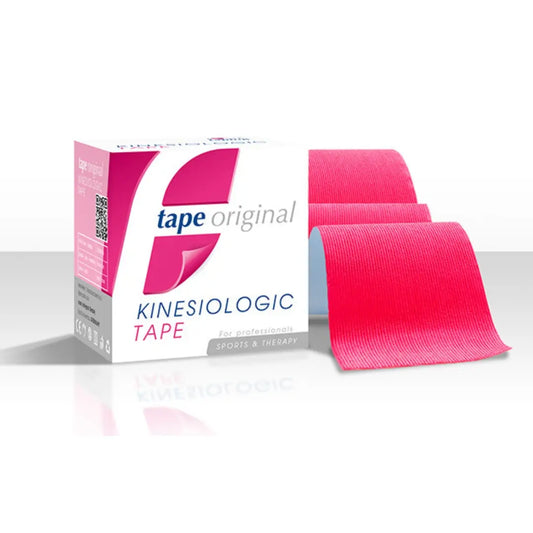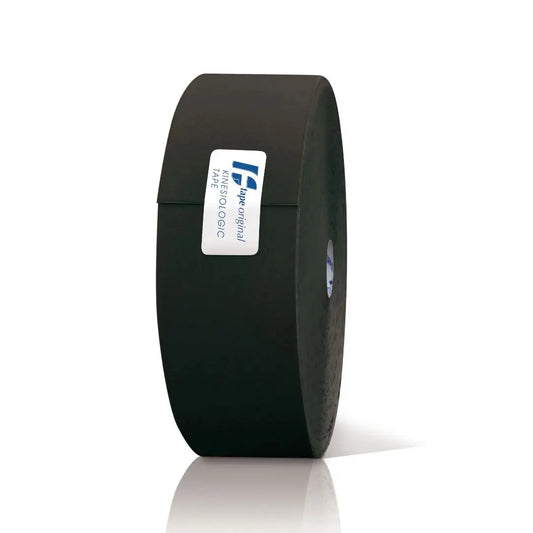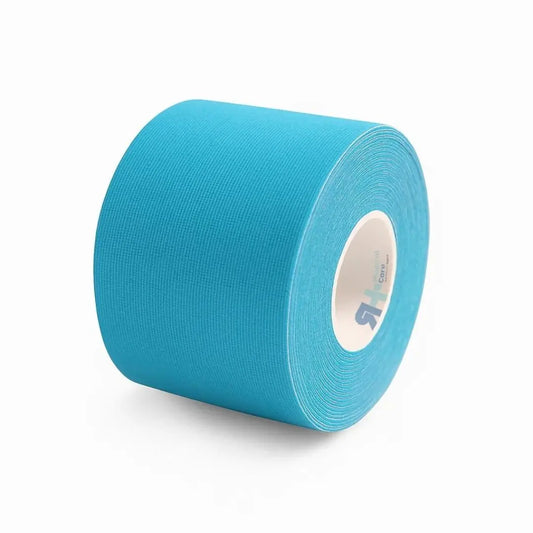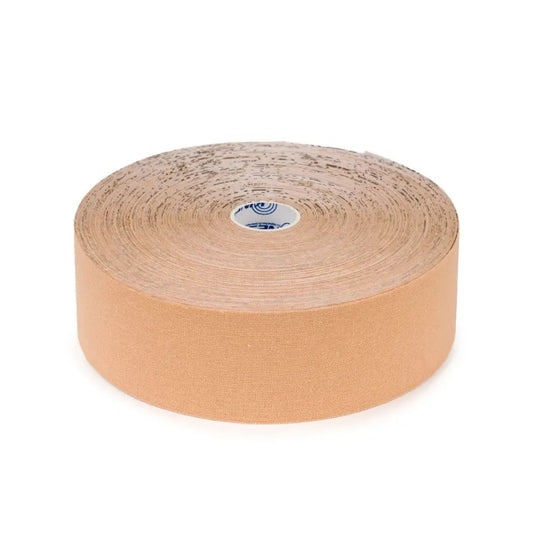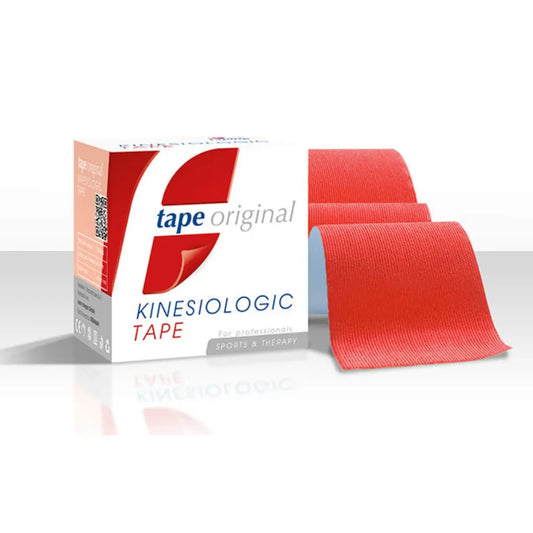Essential products for physiotherapists – at the best prices!
Best Sellers
-
Kinesio Tape Original 5cm x 5m
Regular price €5,90 EURRegular priceUnit price / per -
Kinesio Tape Original XXL 5cm x 32m
Regular price €29,90 EURRegular priceUnit price / per -
Kinesio Tape 5cm x 5m
Regular price €3,30 EURRegular priceUnit price / per -
Kinesio Tape XXL 5cm x 32m
Regular price €19,90 EURRegular priceUnit price / per -
Kinesio Tape Original 5cm x 5m (6-pack)
Regular price €32,90 EURRegular priceUnit price / per€35,40 EURSale price €32,90 EURSale
Get a grip on every deal!
Subscribe and get our best offers and product updates straight to your inbox.


